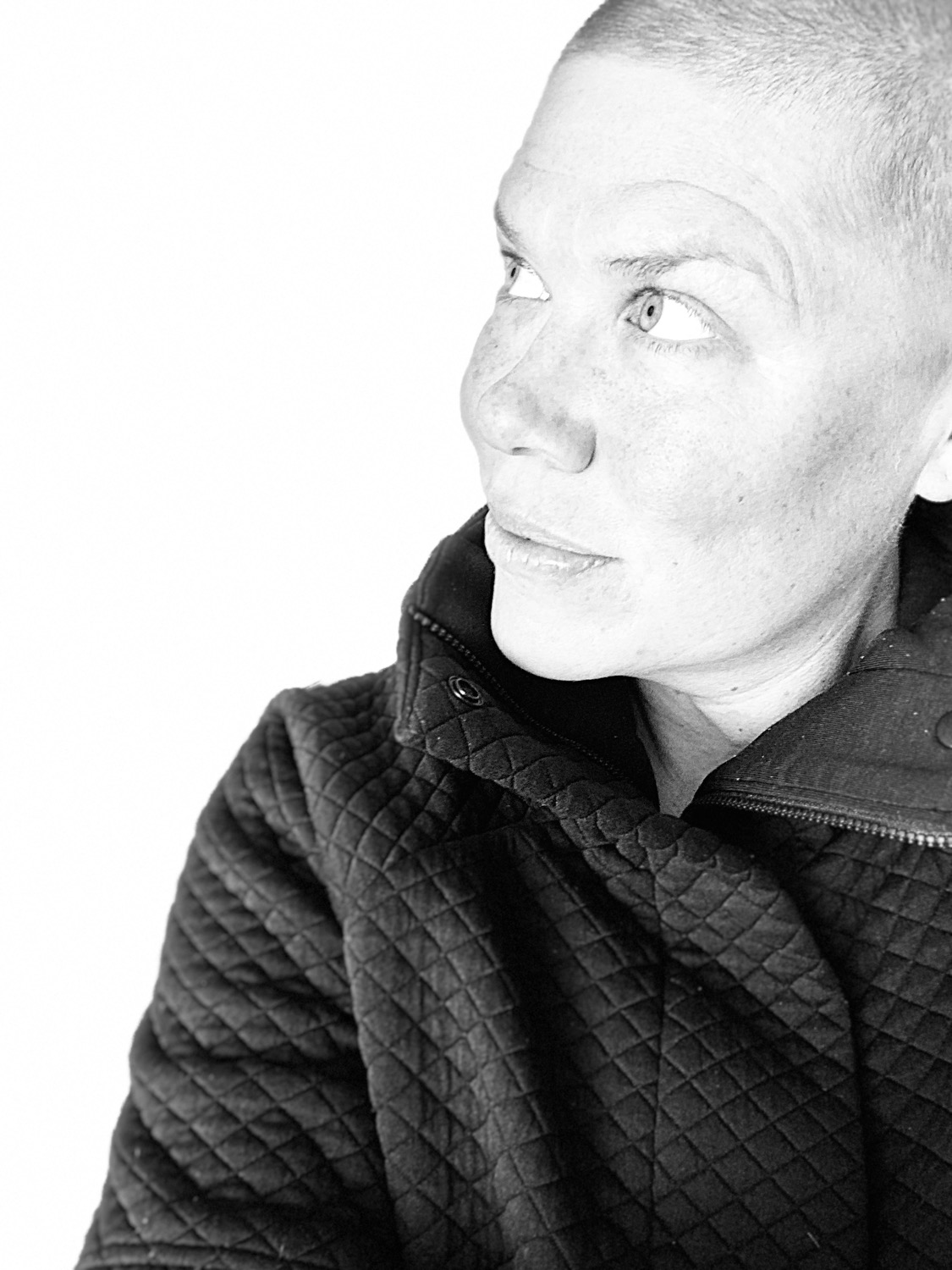THE WEEKLY MUSE - Μοῦσαι, Moûsai, Μούσες, Múse
- Molly Demeulenaere

- Apr 6, 2021
- 3 min read

“The man who arrives at the doors of artistic creation with none of the madness of the Muses would be convinced that technical ability alone was enough to make an artist...[but] what that man creates by means of reason will pale before the art of inspired beings.”—Plato, philosopher
For centuries people have talked of the Muse, especially in the context of art. And with the Cultural Center’s annual exhibition “Mutual Muses” coming up later this month, it seems a good time to ask what exactly is a Muse?
The Merriam-Webster dictionary puts us on the road to answering that question. As a verb it means, “To become absorbed in thought, to think about something carefully and thoroughly.” As a noun, it’s, “A state of deep thought or dreamy abstraction.”
The etymology of the word takes us back to Greek mythology. The Muses were the daughters of Zeus, and the nine sister goddesses presiding over song, poetry, and the arts. For those creating the arts here on Earth, the Muses were not only considered the source of the knowledge embodied in their work, but also the inspiration.
Over the centuries this classical mythology was used to define and frame the creative process of the artist. In times when the gods and spirits above us (physically and metaphorically) were considered vital for their inspiration and motivation, authors would invoke the Muses when writing, directly asking for illumination. Often, the invocation was a physical dedication at the beginning of a written work, or would appear directly as the subject matter of a painting.
“When I'm writing, I write. And then it's as if the muse is convinced that I'm serious and says, 'Okay. Okay. I'll come.’”—Maya Angelou, poet
Eventually, and maybe inevitably, the Muses moved from the heavens above, down to the solid ground of the real world. By the eighteenth century, they were a real-life inspiration to the artist, often also the artist’s lover or mistress (not always but more often female). Muses were now human, becoming the subject of the art, inspiring the creative process, acting as a focus and filter to inspire them, and—perhaps above all—giving the artist the confidence to create.
But this new role for the Muse, as a human companion, shouldn’t dilute or denigrate their place in the creative process, or relegate the part they played to servitude. Though often the subject matter and model, by the nineteenth century Muses were often artists in their own right, sounding boards for ideas, and providers of creative input.
“The attitudes surrounding these kinds of artistic partnerships are now outdated…We don’t tend to hear of many contemporary artists talking about muses these days, so is the concept truly a thing of the past [or] a reframing of the traditionally held notion of it.”—Katie McCabe, author of “More Than a Muse”
The twenty-first century Muse is perhaps a more internalized figure, more akin to a representation of self-analysis or self-reflection. Today, the artist is looking less for divine intervention or outside inspiration to achieve artistic expression, and more for inner perspiration and motivation. Defining the Muse as a personal drive or inner conscience or voice perhaps finally frees the artist, allowing them to taking personal responsibility—and credit!—for the work they create.
“Express your creativity. Delight in the mystery of your inner muse.”—Cheryl Richardson, author




Comments